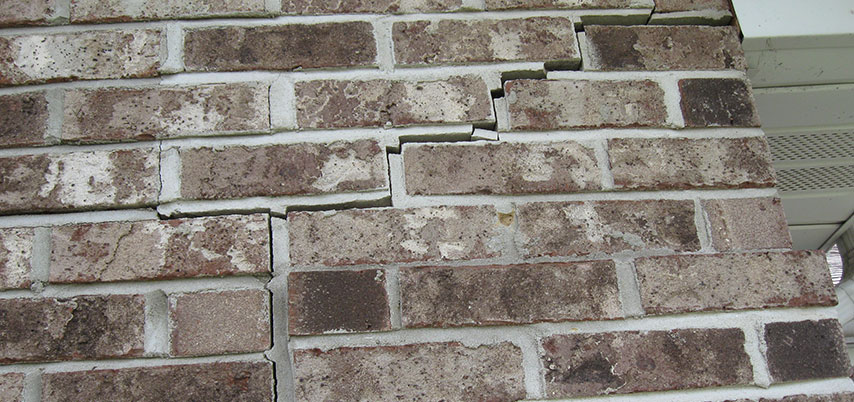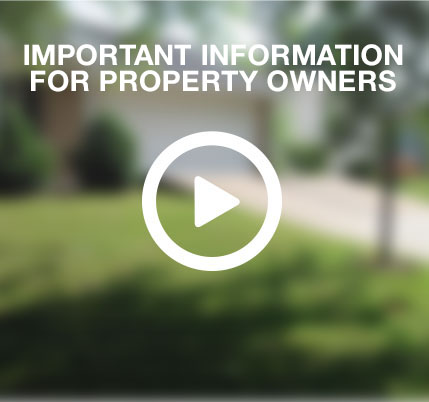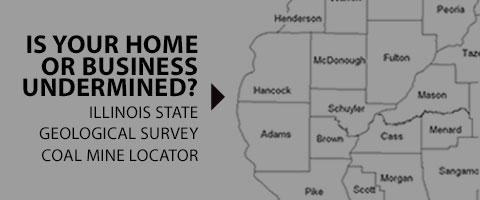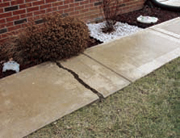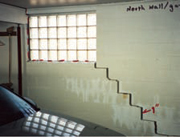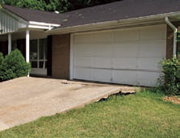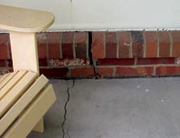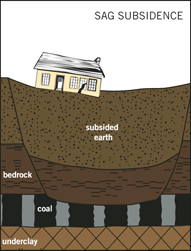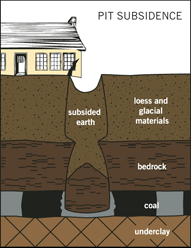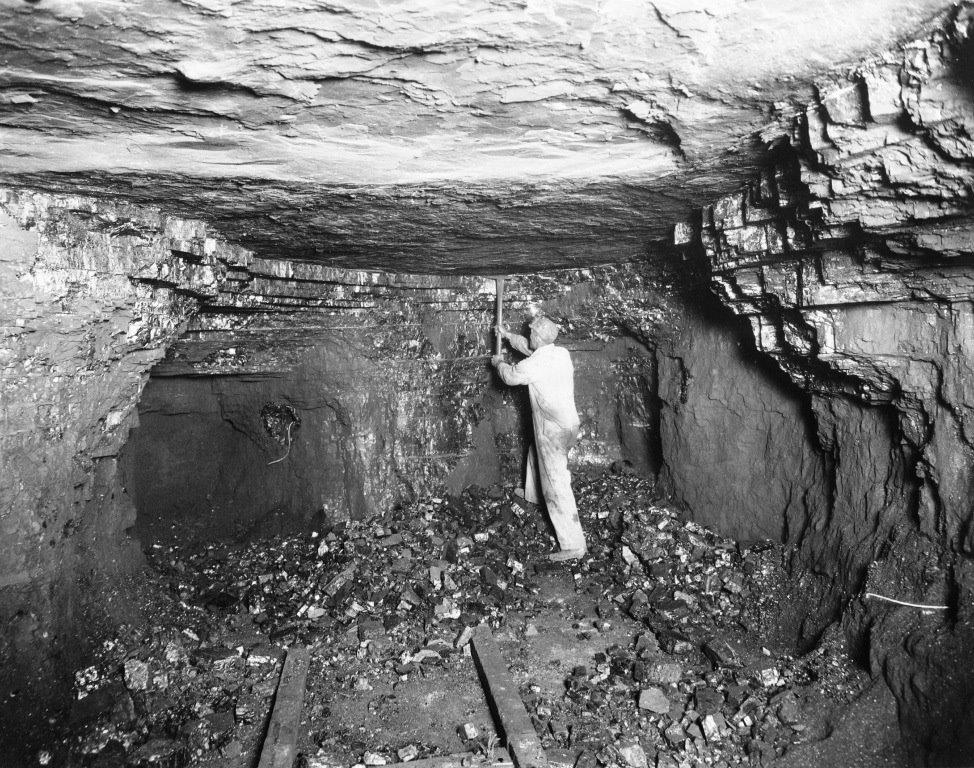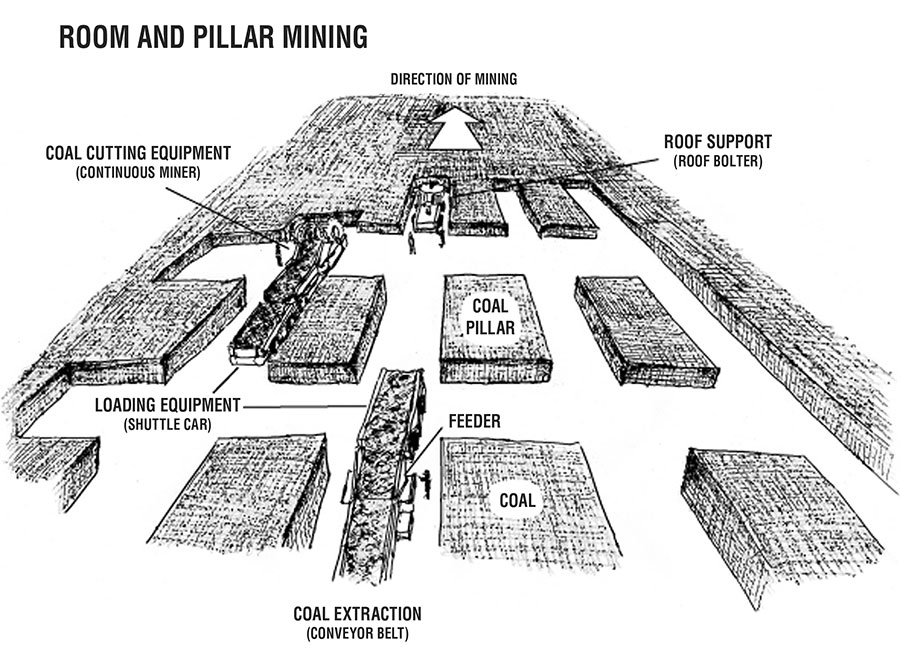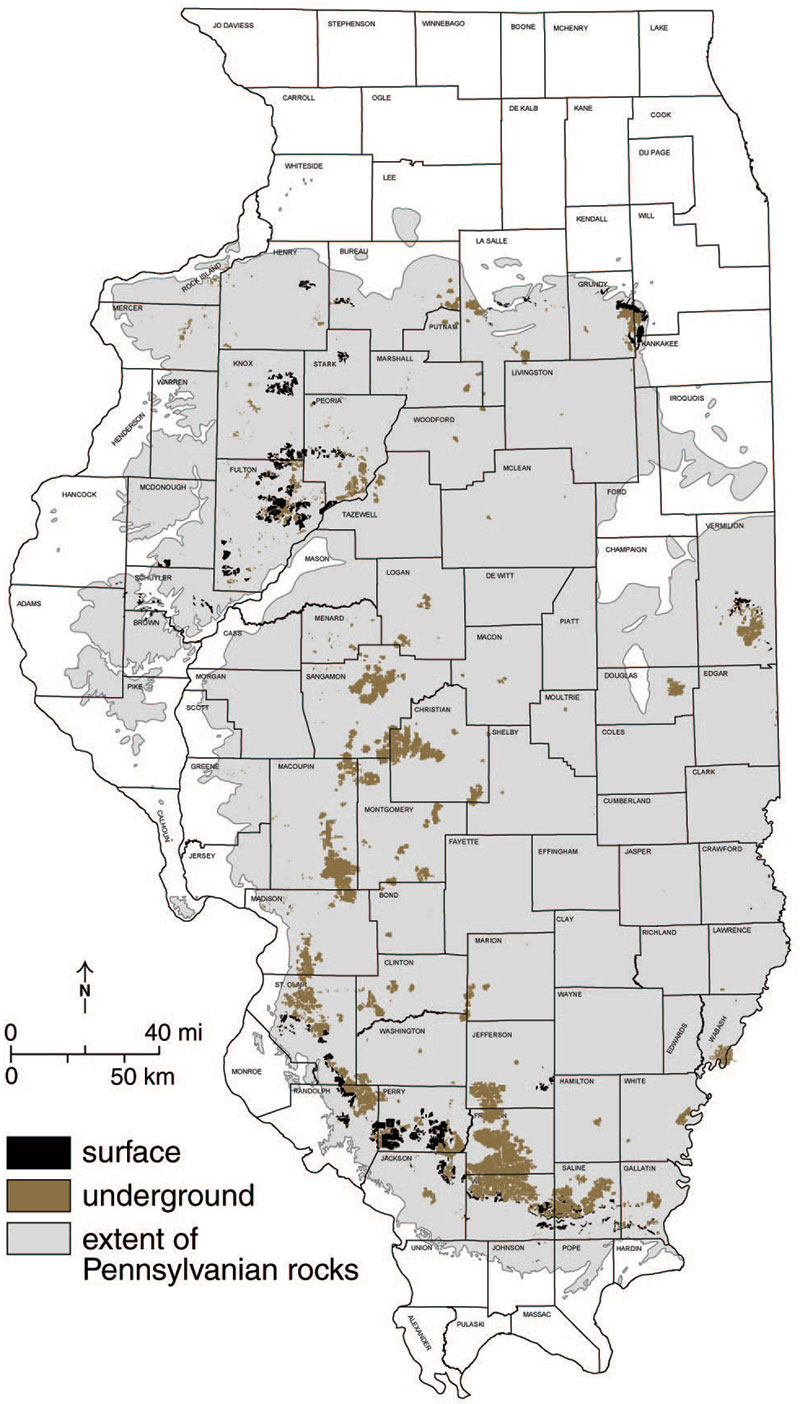Detecting Damage
Initial damage to property from mine subsidence may appear suddenly, or develop gradually over time. Many of the conditions listed below may indicate mine subsidence or they may be the result of normal ground movement due to changes in soil moisture or seasonal temperature variations. If you observe one or more of these conditions in your property, and you have mine subsidence insurance, you should report a claim to your insurance agent or company:
- Cracked, broken or damaged foundation
- Cracks in the basement walls, driveway, or garage floor
- Popping and snapping sounds as if the house is shifting
- Walls or floors appear unleveled or tilted
- Doors swing open or closed
- In extreme cases, water or gas lines may rupture
If you suspect that your home is being affected by mine subsidence, call your insurance agent or company. Be prepared to tell them the date that you first observed the damage.
|
This sidewalk is literally pulled apart by mine subsidence. |
Step cracks, such as these, are not uncommon in block walls affected by mine subsidence. |
|
Ground movement from mine subsidence causes this driveway to buckle. |
Mine subsidence can cause cracks in pavement or foundations, as shown above. |



